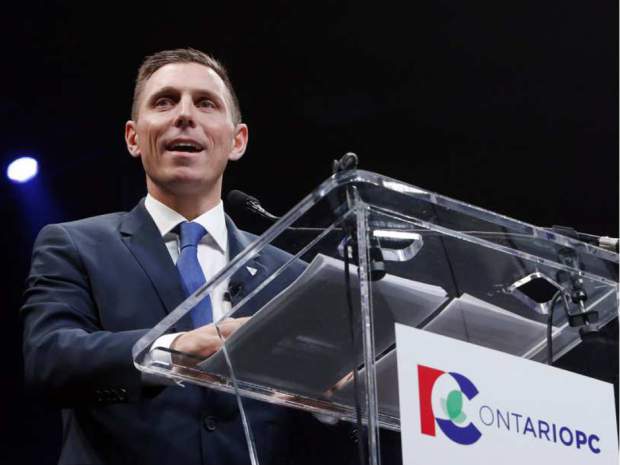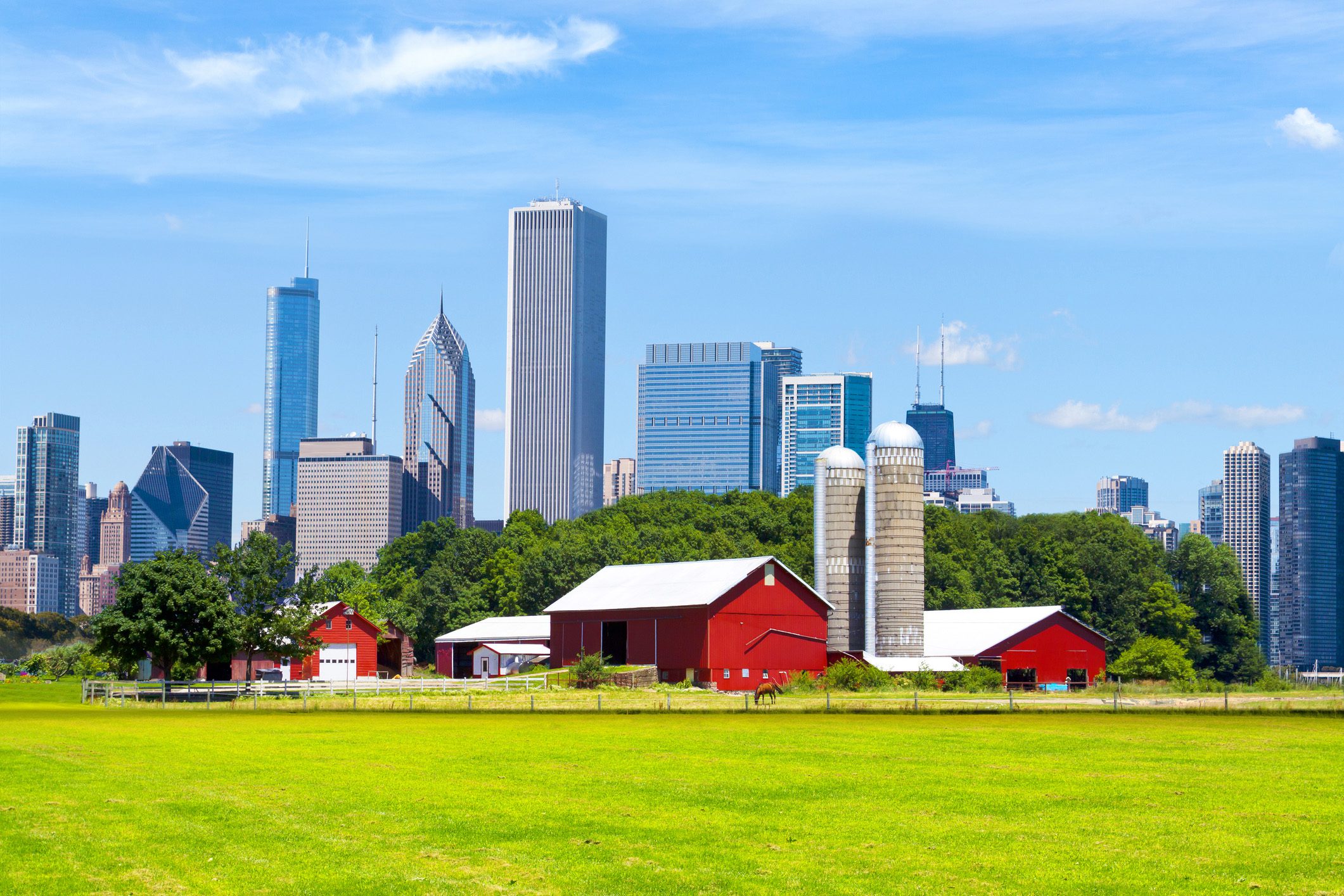So here we are, at the start of 2017, with Patrick Brown in the same place so many PCPO leaders have been before- stuck in the middle between the eternally two warring factions within his party, too distracted to land blows on Kathleen Wynne and the Liberals, and bearing the blame for not being able to smooth over these divisions long enough to win an election.
Despite constant pleas for unity and goodwill within the PCPO family, the latest nomination fiasco- in which ex-Mississauga CPC MP Bob Dechert loudly decried abuse of the process, took his ball and went home- shows that discord will, ultimately, carry the day.
Here's the thing, though: despite Brown's obviously meager leadership skills, this gap couldn't be bridged if Mother Teresa was in charge.
The PCPO- like other conservative parties across the land- has long been a breeding ground for resentment. For a large number of conservative "activists", hating "those guys" is the sole reason for their involvement in the party.
And since we won't be spared squabbling between them anytime soon, I thought I'd devote some column inches to a brief primer on how to navigate the dense and trackless forest that is PCPO infighting.
At one time- in the aftermath of the Common Sense Revolution and throughout the John Tory years- it made sense to divide these two aforementioned factions on the basis of ideology, between purist Harris-ite Blue Tories and the centrist Red Tories who supported John Tory and Ernie Eves.
During the Harper/Hudak years, however, it became readily apparent that voters weren't interested in either approach. Blue Tories were viewed as hard-edged ideologues who wanted to destroy Canada, and Red Tories were viewed with suspicion, as holders of a hidden agenda who needed to "distance themselves" from the views of their Blue brethren.
Conservative parties in Canada seemed to take on the qualities of a Turd Sandwich- something that may be attractively presented, with multiple colours of bread and artfully prepared toppings, but with something truly distasteful right in the middle.
Though conservatives were in power federally, it seemed to make little difference practically. A hostile media and cultural elite dug in hard and opposed everything the Harper government did, whether it made sense or not, while holding out hope for a saviour to come rescue the Liberal brand.
The fact nobody wanted to acknowledge was that the system was rigged to ensure that no matter how badly the Liberals screwed up, they would always have a clear path back to government as soon as the right leader was in place. From this came the obsession with "tactics"- attempts to change the parameters of debate through means that didn't always pass the smell test.
And with "tactics" came the rise of a new type of conservative "activist"- the Giant Douche.
The Giant Douches weren't just opposed to the Liberals- they regarded the conservative Turd Sandwiches as just as bad. They were less concerned with image and substance and more concerned with victory. They picked fights when they weren't called for, and often with people who were much bigger, stronger, and better prepared than they were- like labour unions, supply management cartels, or the CBC.
And though the Giant Douches never admitted it, they knew they were badly outclassed. But they also knew that average conservatives would give them props for at least putting up a fight- especially when the Turd Sandwiches wouldn't for fear it would make them look bad.
And so, instead of Red and Blue Tories, we find ourselves now with Team Turd Sandwich- who advocates for Patrick Brown to stick to fiscal issues and not get distracted by wedge issues- and Team Giant Douche, who pressure Brown to aggressively pursue charges of corruption against the Wynne Liberals.
It does no good to name any single person as being part of one Team or the other, both because of the ever present threat of a lawsuit because someone's feelings were hurt and because most PCPO activists- myself included- have whipsawed between one Team and the other countless times depending on which one was gumming up the works at a given moment.
The point is that whoever is leader must constantly struggle to find a compromise between these two groups, which makes them look like one end of a horseshoe trying to dance with the other.
At no time was this clearer- or more devastating to provincial conservative fortunes- than in 2014, when Tim Hudak was forced to run an election campaign where he promised to cut 100,000 public sector jobs to appease Team Giant Douche and where he refused to attack Kathleen Wynne personally as a sop to Team Turd Sandwich.
And when you see Patrick Brown artfully twist himself into a pretzel trying to explain how he supports revenue neutral carbon pricing but not Kathleen Wynne's cap-and-trade system- he's trying to do the exact same thing, under pressure from both Teams.
True, Brown has many attributes Hudak didn't. He has his vaunted ground game, a much faster response time, and a killer drive to win that he's honed from many years of playing the good ol' hockey game.
But even the best player can't play well if he's got two coaches, each one speaking in a different ear.
Either Brown needs to pick a side and stick with it- or pick a third option that gets both Turd Sandwiches and Giant Douches alike on board.
Written by Josh Lieblein








